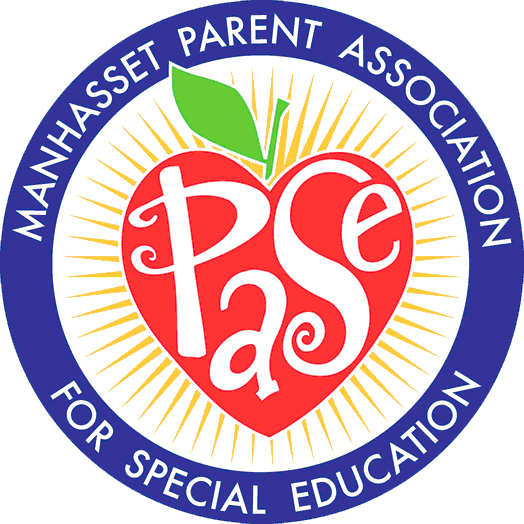Legislation
Federal
IDEA
The federal law which governs the education of students with disabilities is the Individuals with Disabilities Education Improvement Act of 2004 (“IDEA”). IDEA provides federal financial assistance to state and local education agencies so that eligible children with disabilities are guaranteed special education and related services at no cost to parents. IDEA ensures that all children with disabilities receive a free, appropriate public education (“FAPE”) and requires the school district to develop an Individualized Education Program (“IEP”) to meet the unique needs of the child. The protections afforded by IDEA are available to those children ages 3 to 21 that are determined by a multi-disciplinary team to fall within one of 13 classifications of disabilities and who need special education and related services. New York State is required to comply with all of the requirements set forth in IDEA. In many instances, New York has imposed requirements on school districts that go beyond the federal requirements in IDEA. Accordingly, all school districts in New York must comply with New York’s statutory and regulatory requirements as well as those imposed by IDEA. (For more information on IDEA and how New York’s special education laws differ from IDEA, see the link below). http://www.vesid.nysed.gov/specialed/idea/home.html
Section 504
Section 504 of the Rehabilitation Act of 1973 is a civil rights law that ensures that a student with a disability has equal access to an education. It prohibits discrimination against individuals with a handicap or disability in any program or activity receiving federal financial assistance. Section 504 requires school districts to provide a FAPE to students who (1) have a physical or mental impairment that substantially limits one or more major life activities, (2) have a record of such an impairment or (3) are regarded as having such an impairment. Major life activities include walking, seeing, hearing, speaking, breathing, learning, working, caring for oneself, and performing manual tasks. Under Section 504, a student may receive accommodations and modifications that are not available to students without disabilities. If a child has a disability but does not qualify for special education services under IDEA, the child may still receive protections under Section 504. Unlike IDEA, Section 504 does not require the school district to create an IEP to meet the child’s individual needs. A child who receives special education services under IDEA is automatically protected under Section 504. School districts do not receive any additional federal financial assistance to comply with Section 504.
http://www.ed.gov/policy/rights/reg/ocr/edlite-34cfr104.html
Response to Intervention
When IDEA was reauthorized in 2004, one of the additions made by Congress was to include an approach known as Response to Intervention (“RTI”). RTI is aimed at those students who are not currently identified as needing special education services, but who need additional academic or behavioral support to succeed in a general education setting. The RTI model requires the school district to identify struggling students, modify their instruction, using scientific, research-based interventions and then monitor their progress in order to make a determination as to whether they are responding to the intervention. If the child does not respond to the intervention, the instruction is again modified and the teacher monitors the child’s progress. RTI typically involves a multi-tiered approach to instruction which intensifies if the student does not respond at each tier. If the student continues to experience difficulty at the final tier, a referral may be made for an evaluation for special education services. New York State regulations require school districts to implement the RTI model for students in kindergarten through fourth grade by 2012.
Glossary of Special Education and Legal Terms, Wrightslaw website
http://www.fetaweb.com/06/glossary.sped.legal.htm
State
New York State Laws and Regulations that Differ from Federal Requirements – March 2008
http://www.vesid.nysed.gov/specialed/idea/2008regsanalysis.htm
Chapter 405
http://www.vesid.nysed.gov/specialed/chapter405/
Laws & Regulations
http://www.vesid.nysed.gov/specialed/publications/lawsandregs/
http://www.vesid.nysed.gov/specialed/policy/formsnotices/cover1008.html
